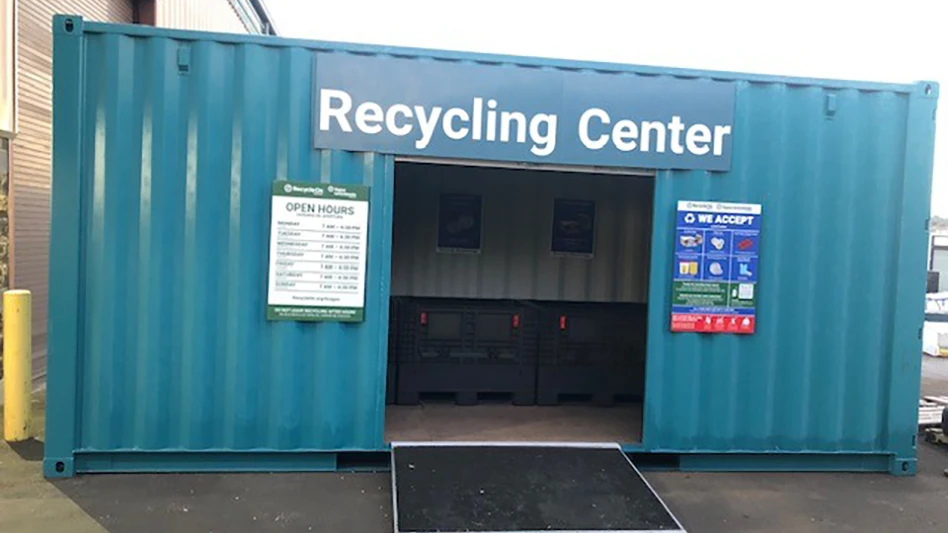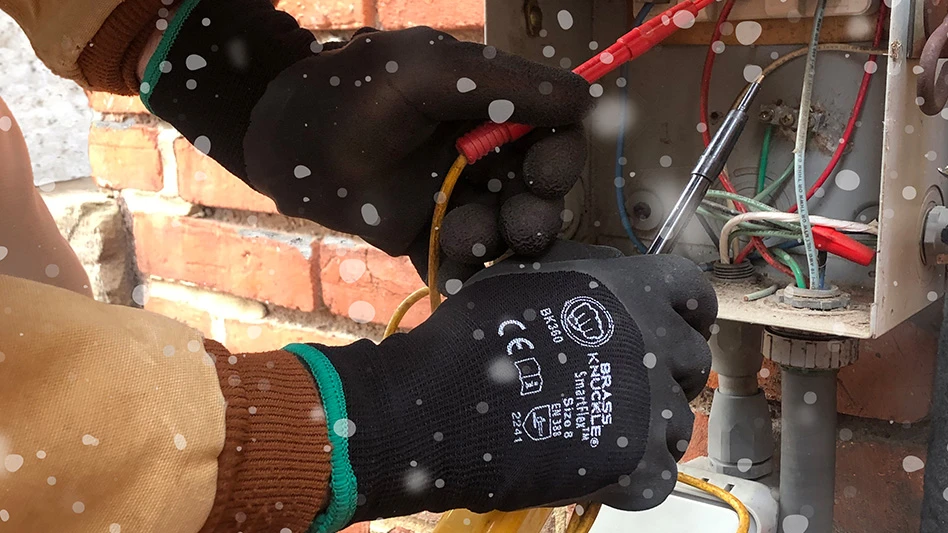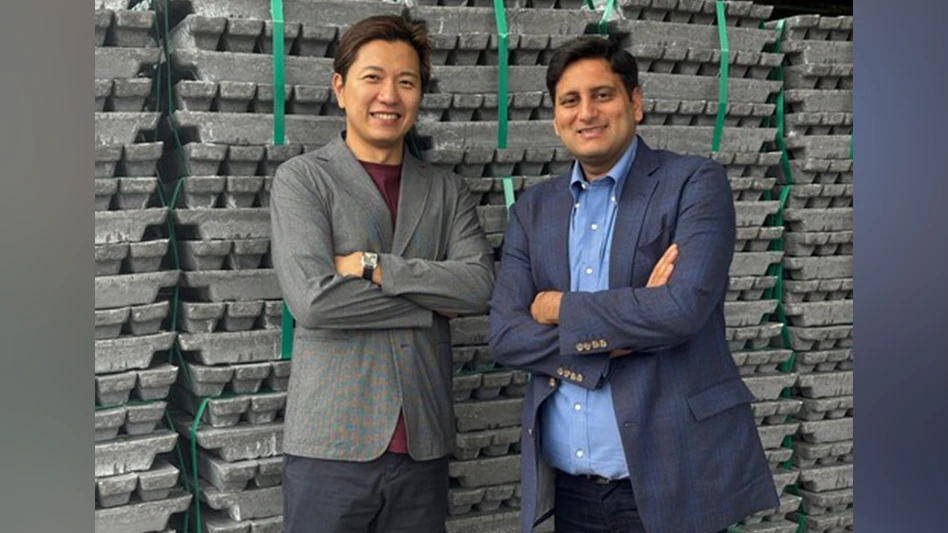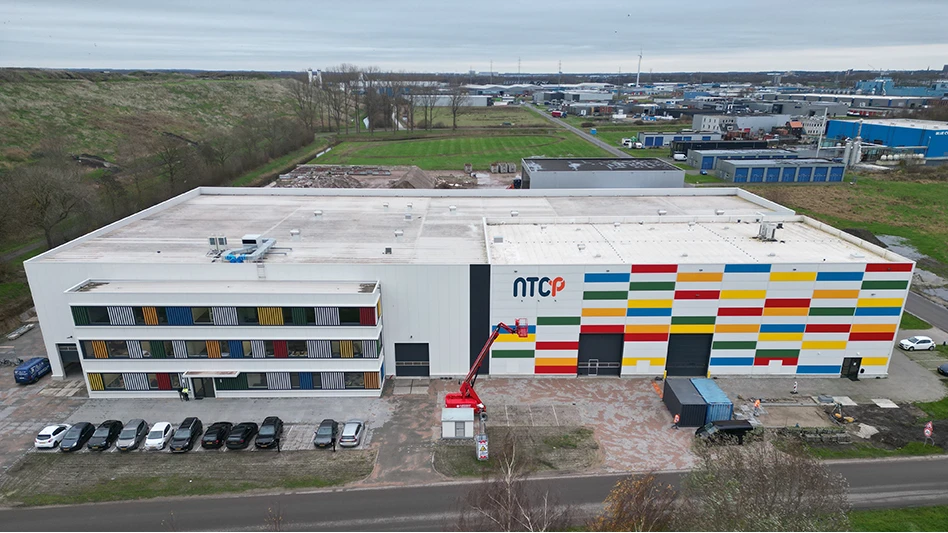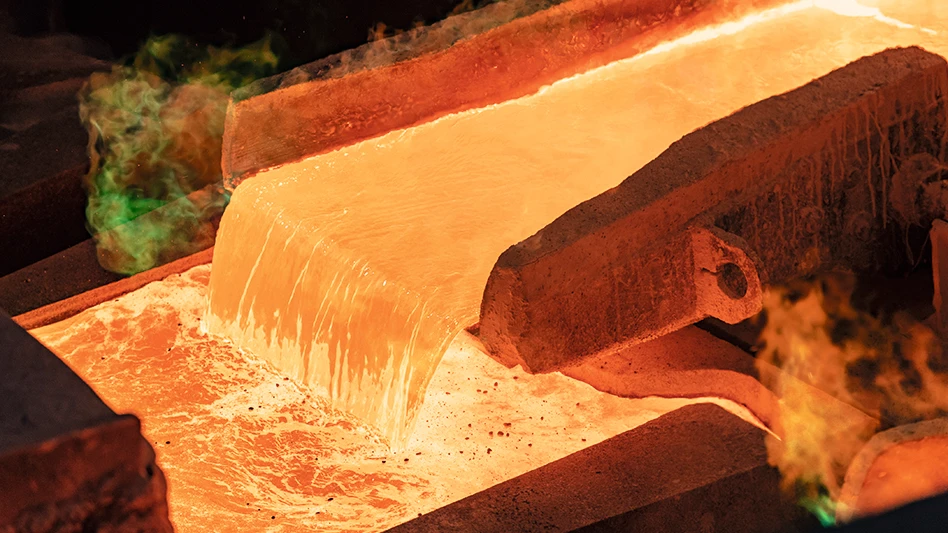
Austria-based equipment manufacturer UNTHA Shredding Technology GmbH has helped install one of its XR3000C shredders at the front-end of a processing line at United Kingdom recycling facility.
According to UNTHA, U.K.-based Fortress Recycling and Resource Management opened a new £5 million ($7.2 million) facility in late 2017 in Warwick, U.K. In a three-month span the company has been able to process some 6,250 metric tons of materials thanks in part to the new shredder.
The “dry mixed recyclables (DMR) plant” was designed and supplied by U.K.-based Blue Southern, part of the Blue Group, and was constructed in a building measuring just 730 square meters (7,850 square feet) and 6.5 meters (21.3 feet) high at the outer edge of the roof. The facility had some challenging objectives to meet from the outset, if it was to effectively tackle the paper, cardboard, glass, plastics and aluminum cans passing through, according to UNTHA.
“Whilst we set ourselves a relatively tight project plan, once funding for the site was secured and a tender put out for the build, our industry research actually began some time ago,” comments Fortress Managing Director David Pass. “We knew a shredder would sit at the front end of the [system], for example, so talks with UNTHA began in the summer of 2016. In fact, we actually trialed the mobile version of the XR3000C when it embarked on its U.K. roadshow later that year, before placing an order in January 2017.”
Currently configured to process 9 metric tons of DMR per hour, 10 hours per day, 5 days a week, the XR can handle up to 30 tons per hour, according to UNTHA. In Warwick, the XR reduces the fraction to a uniform 300-millimeter (one foot) particle size, but a cutting reconfiguration can produce particles one-tenth that size.
“Most modern business investments are made with at least one eye on ‘what’s next’,” remarks Pass. “So, the knowledge that we are future-proofed with this shredder – thanks to its ability to produce a refined RDF [refuse-derived fuel] or even high-quality SRF [solid recovered fuel] should we want to – offers important peace of mind at this crucial expansion point for our firm.”
Once shredded, the material is fed via conveyor into a bunker, before being passed into a BRT Hartner ballistic separator designed to segregate 2D and 3D material, as well as smaller fine materials. Ferrous metals are extracted at this stage and deposited in one of the seven moving floor bunkers in the plant.
An overband magnet and eddy current separator then work on the ferrous and nonferrous 3D materials, before a TOMRA optical sorter extracts PET bottles to leave an RDF specification output. Representing around 21 percent of the input material, this gives Fortress an estimated cost savings of £30 ($43) per metric ton compared to sending all materials to the landfill.
Meanwhile, 2D materials move to a DiscSpreader distribution system made by German manufacturer Westeria, designed to prepare material for further optical sorting. Positive-sort material achieves a 98 percent paper and board purity rate, according to UNTHA, with the remaining materials passing through a second optical sorter to separate the film from the remaining residual fraction.
“With the help of Blue Machinery and the technology partners involved, we really have maximized every inch of the site with this state-of-the-art, highly-automated plant,” says Pass. “As a result, we’ve already reduced our waste costs by £70,000 ($100,000) in only two months and generated a sizable income stream via recovered materials. Our target payback period for the plant is therefore very encouraging.”
Latest from Recycling Today
- US Steel to restart Illinois blast furnace
- AISI, Aluminum Association cite USMCA triangular trading concerns
- Nucor names new president
- DOE rare earths funding is open to recyclers
- Design for Recycling Resolution introduced
- PetStar PET recycling plant expands
- Iron Bull addresses scrap handling needs with custom hoppers
- REgroup, CP Group to build advanced MRF in Nova Scotia
